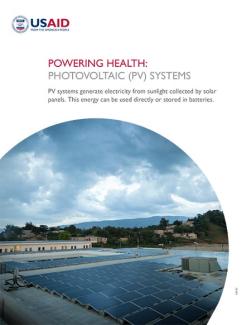Load Calculation and System Optimization
This exclusive online version of the HOMER Powering Health Tool evaluates hybrid power systems to determine the most cost-effective options for delivering continuous electricity to health facilities. Use the tool

